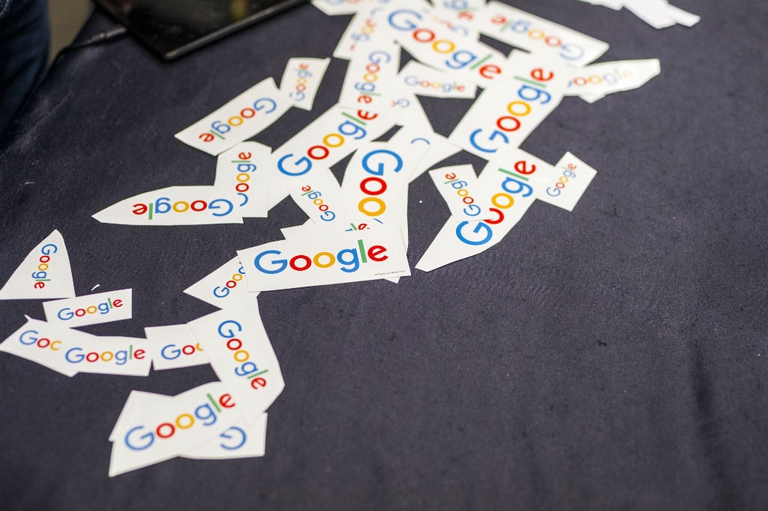
After a landslide led to twelve deaths on the island of Ischia, questions have been raised about the impacts of illegal building, tourism, and climate change.
Orange peels and avocado skins have been used to create a cheap, natural and super-absorbent material. Kiara Nirghin, 16-year-old South African girl of Indian origin, has developed a polymer made of polysaccharides from food scraps that can hold water more than 100 times their weight. https://www.youtube.com/watch?v=FFrdZjIDwAU Combatting drought in South Africa In 2016 South Africa
Orange peels and avocado skins have been used to create a cheap, natural and super-absorbent material. Kiara Nirghin, 16-year-old South African girl of Indian origin, has developed a polymer made of polysaccharides from food scraps that can hold water more than 100 times their weight.
https://www.youtube.com/watch?v=FFrdZjIDwAU
In 2016 South Africa has faced one of the worst drought ever registered that brought small farmers to their knees. With the aim of helping farmers in need, Kiara has studied and developed this new super-material.
Existing absorbent polymers (SAPs) “are not biodegradable, are costly and full of acrylic acid, sodium hydroxide and other chemicals. During more research on the topic, I found that natural occurring polymers exist in most citrus fruits,” explained the schoolgirl to the Hindu Times.
Drumroll please… Now announcing the 2016 Google Science Fair winners. https://t.co/s9yimvSZju pic.twitter.com/wIyN1dsYFF
— Google Science Fair (@googlescifair) September 28, 2016
“Kiara found an ideal material that won’t hurt the budget in simple orange peel, and through her research, she created a way to turn it into soil-ready water storage with help from the avocado,” Andrea Cohan, program leader of the Google Science Fair, told CNN.
During her researches, Kiara has found that orange peel has 64 per cent polysaccharide and also the gelling agent pectin. This makes it a perfect material that is biodegradable and cheap.
After 45 days of experimentation, Kiara compared existing materials’ water absorbing abilities to hers, observing that “the orange peel mixture displayed the strongest water absorbing abilities of 76.1 per cent. The acrylic SAP displayed a water absorbing ability of 74.7 per cent, whilst the pectin and starch fell under 70 per cent”.
The orange peel mixture has turned out to be cheaper and more effective than existing materials. Acrylic polymers cost 2,000 to 3,000 dollars per tonne, while the new polymer only 30 to 60 dollars per tonne. This means that the new technology will be accessible to all, even to smaller farmers.
Siamo anche su WhatsApp. Segui il canale ufficiale LifeGate per restare aggiornata, aggiornato sulle ultime notizie e sulle nostre attività.
![]()
Quest'opera è distribuita con Licenza Creative Commons Attribuzione - Non commerciale - Non opere derivate 4.0 Internazionale.
After a landslide led to twelve deaths on the island of Ischia, questions have been raised about the impacts of illegal building, tourism, and climate change.
Not much snow, peaks of 19 degrees Celsius in Norway and even 28 degrees in France: official data confirms the anomalously high temperatures of this past winter.
Ocean warming has risen to record highs over the last five years: just in 2019 the heat released into the world’s oceans was equivalent to that of 5-6 atomic bombs per second. The culprit, no doubt, is climate change.
What did Greta Thunberg tell participants at the 2020 World Economic Forum in Davos? Once again, the Swedish activist underlined the total lack of concrete solutions to the climate crisis presented by leaders so far.
The list of human and animal victims of the Australia wildfires keeps growing – one species might already have gone extinct – as the smoke even reaches South America.
Kivalina is located on a small island once guarded by sea ice, which is now melting due to global warming. While the sea threatens to wipe the village off the face of the Earth, its inhabitants refuse to give up their lives and traditions.
Thanks to activists, the voice of the world’s peoples resounded through the COP25 like an alarm bell. Governments didn’t reach the results they demanded, but their cries and messages were stronger than ever, reaching even those who weren’t in Madrid.
Climate change poses a risk for millions. However, women are the most vulnerable to its negative consequences: a few simple considerations by the Italian Climate Network help us perceive the global implications of this.
The COP25 ended two days late and with very few steps ahead made. Climate negotiations in 2020 will be an uphill battle as political will clearly seems to be lacking, once again.








